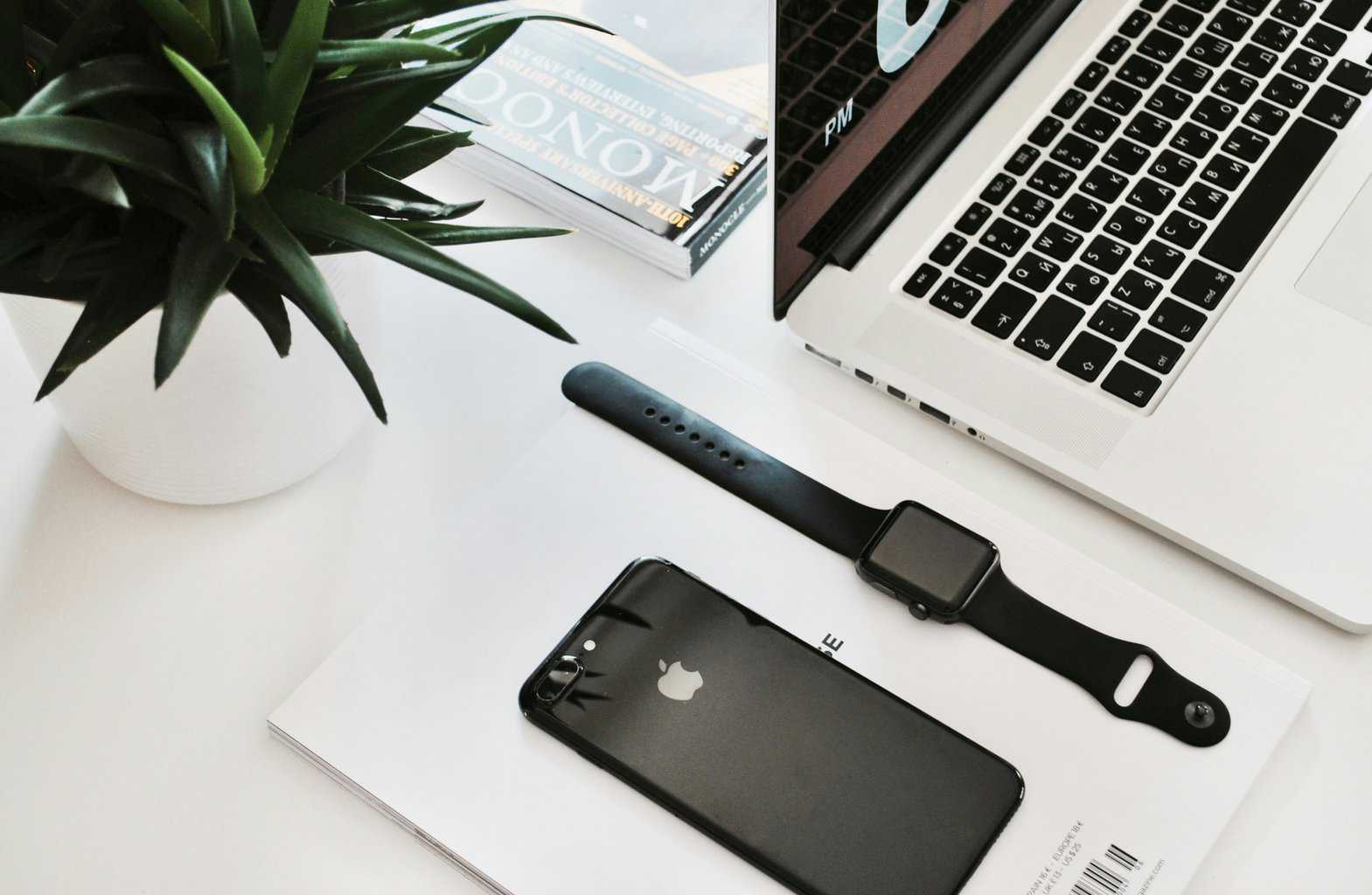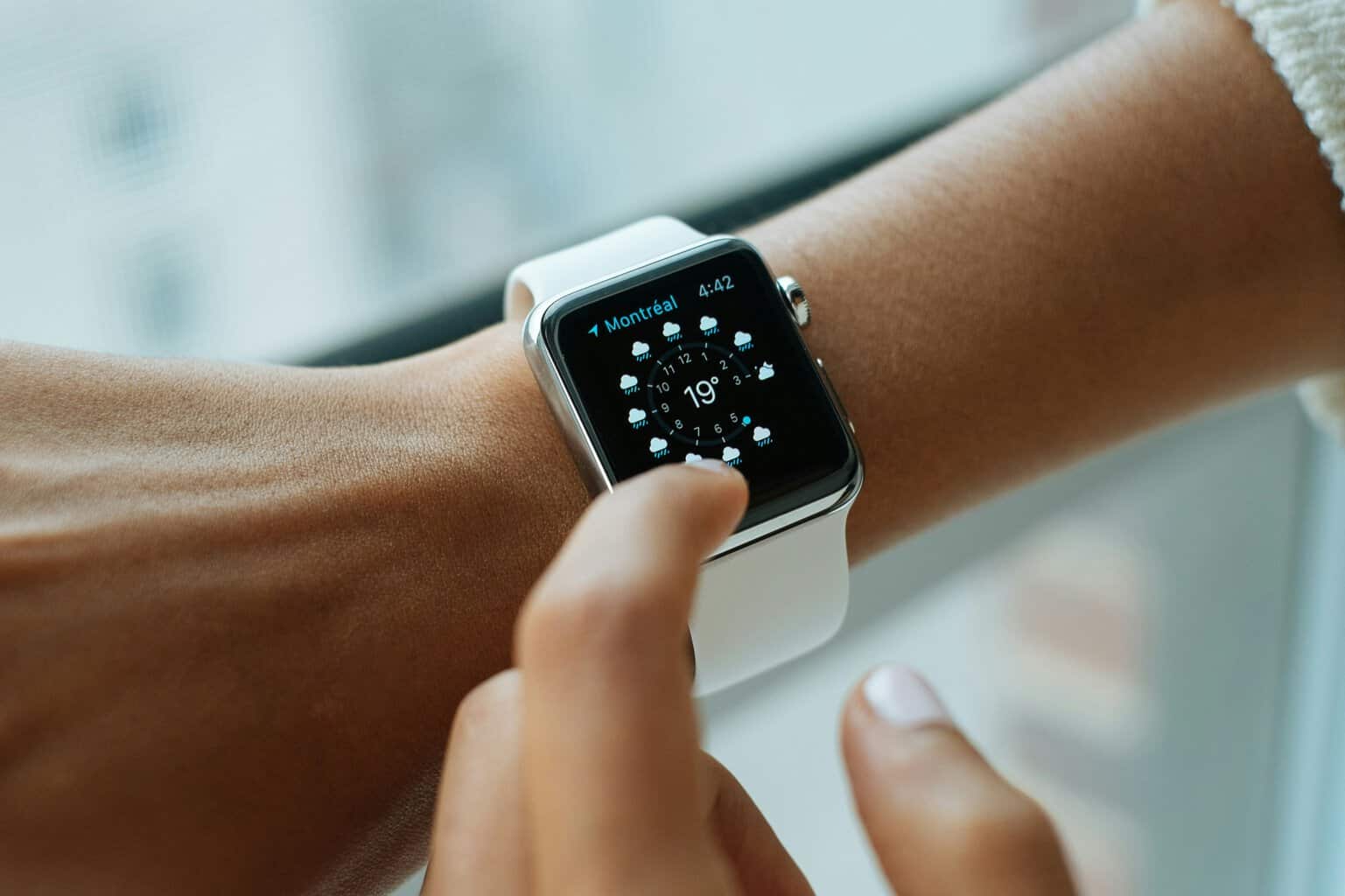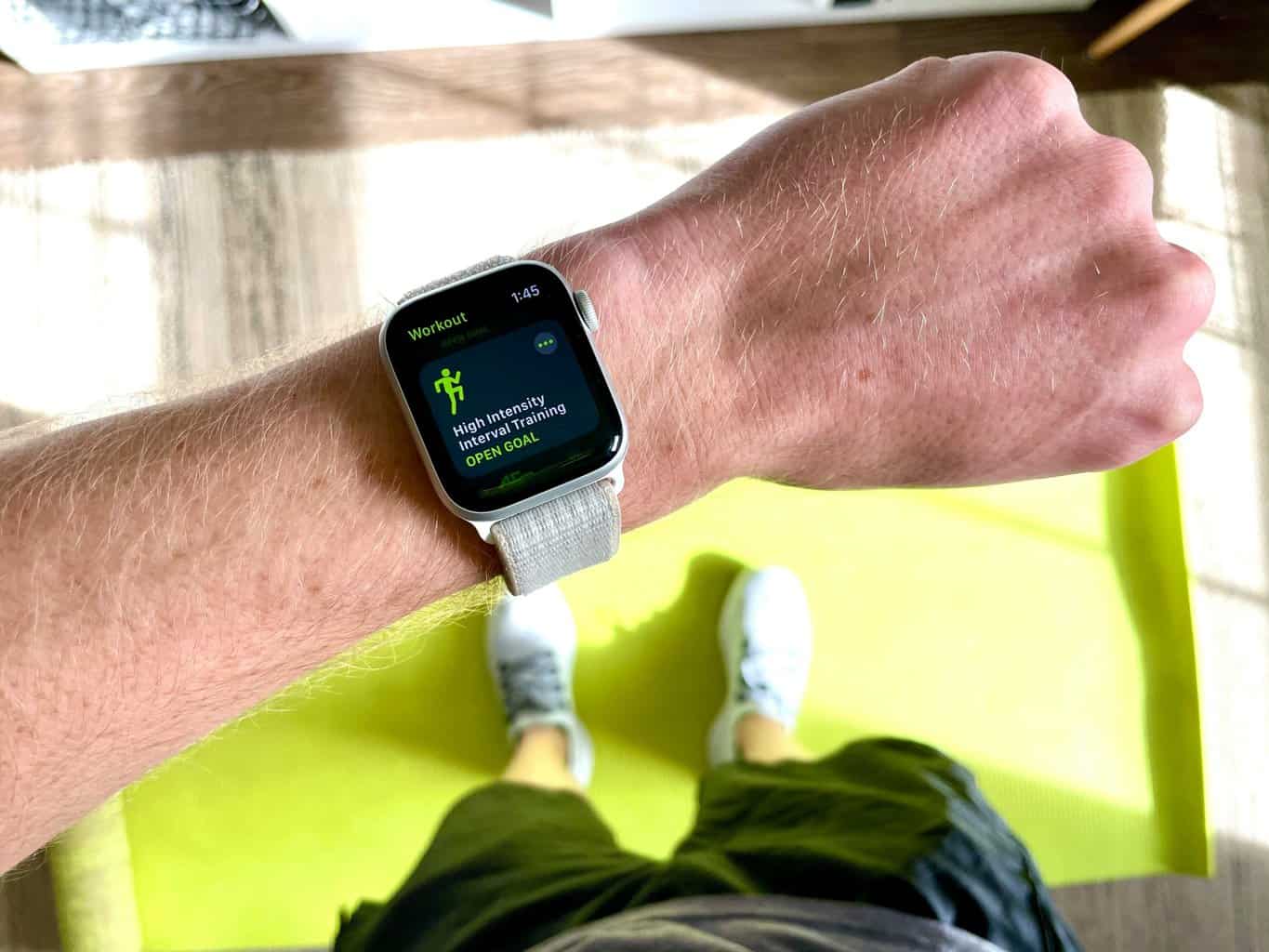
01 Dec Can I connect Apple Watch to Android without an iPhone?
In a world where smart technology seamlessly integrates into our daily lives, the battle between Apple and Android continues to shape consumer experiences. For many tech-savvy individuals, the allure of an Apple Watch is undeniable—its sleek design, advanced health tracking features, and seamless connectivity with other Apple products make it a coveted accessory. But what if you’re an Android user? Can you bridge the divide and harness the power of Apple’s iconic smartwatch without being tethered to an iPhone?
The question looms large: can you connect an Apple Watch to your Android device? While this might seem like a techie’s daydream or even a folly reserved for the most daring enthusiasts, there are nuances to consider that could turn this challenge into reality. In this article, we’ll explore the possibilities and limitations of pairing these two opposing ecosystems. Whether you’re enticed by the idea of fitness tracking or simply want to flaunt that stylish watch on your wrist while staying true to your Android roots, let’s dive into what it really takes to make it happen!
Table of Contents
What is the Apple Watch?
The Apple Watch functions as much more than just a timepiece; it’s a sophisticated blend of technology, health tracking, and personalized communication. At its core, this smartwatch transforms how users interact with their daily lives by putting essential notifications and applications right on their wrists. With fitness metrics ranging from heart rate monitoring to GPS tracking for outdoor activities, the Apple Watch serves as an essential companion for health-conscious individuals looking to optimize their well-being.
Moreover, the seamless integration with Apple’s ecosystem enhances its functionality beyond mere notifications. Features like Apple Pay allow users to make transactions without reaching for their phones or wallets, while third-party apps expand capabilities even further—from tracking workouts to controlling smart home devices. But what truly sets the Apple Watch apart is its ability to deliver real-time data in a user-friendly format that encourages users to take action—whether it’s standing up after sitting too long or reminding you of an upcoming meeting—all seamlessly connected through vibrant digital watch faces and customizable options that reflect personal style.
 Overview of Android Compatibility
Overview of Android Compatibility
When considering the compatibility of devices, especially between different operating systems, understanding the nuances becomes crucial. Android devices boast a diverse ecosystem, with numerous manufacturers offering varied hardware and software experiences. This generally provides greater flexibility in customization and functionality but can also create fragmentation issues. Users may encounter challenges with syncing due to differences in underlying technologies— for instance, how notifications are managed or how health data is stored could vary dramatically from one Android device to another.
Furthermore, while many applications aim to bridge these gaps—such as third-party fitness apps that sync data across platforms—they often do so at the cost of seamless integration. For instance, Apple Watch’s tightly-knit integration with iOS allows for features like quick response notifications or automatic app syncing, which may prove difficult to replicate on Android without a full-fledged app ecosystem tailored for such interactions. As we explore the feasibility of connecting an Apple Watch to an Android device directly, it’s essential to consider not only the technical hurdles but also whether the experience will live up to users’ expectations given this fragmented landscape. Each user must weigh their priorities: is loyalty to brand more important than capability?
Limitations of Connecting to Android Devices
Connecting an Apple Watch to Android devices presents a unique set of limitations that can hinder users’ experiences. Primarily, the watch relies heavily on iOS for initial setup and ongoing functionalities. This dependency turns any attempt at connecting through an Android device into a formidable challenge. Without the specialized integration provided by iOS, many key features of the Apple Watch—such as messaging notifications, fitness tracking synchronization, and app updates—are rendered ineffective or entirely inaccessible.
Further complicating matters, Android’s disparate ecosystem means that even if you manage to establish some form of connection using third-party apps or workarounds, you’re left with a diluted experience. The seamless fluidity that Apple products boast is absent in such scenarios; hence users might find themselves struggling with inconsistency in notification delivery or syncing issues with health data. For those who cherish the harmony between their wearable tech and mobile devices, attempting to link an Apple Watch to Android may ultimately feel like trying to fit a square peg into a round hole—a frustrating endeavor fraught with compromises rather than synergistic benefits.
 Methods to Use Apple Watch Without iPhone
Methods to Use Apple Watch Without iPhone
Using an Apple Watch without an iPhone can feel like navigating uncharted territory, but several methods allow you to unlock its potential independently. One enticing option is the ability to utilize the watch’s built-in capabilities, such as tracking fitness metrics or listening to music stored directly on your device. By syncing playlists via Wi-Fi when connected to a familiar network, users can also access Apple Music or other compatible apps right from their wrist—no phone in sight!
Furthermore, leveraging features like cellular connectivity can transform your Apple Watch into a standalone device. By activating data plans through carriers that support this functionality, you gain the freedom to make calls, send texts, and receive notifications without being tethered to an iPhone. It opens up possibilities for seamless outdoor adventures where carrying a bulky phone isn’t practical; imagine hiking while still staying connected with loved ones. However, it is essential to weigh these advantages against any additional monthly costs associated with maintaining a separate data plan for your smartwatch.
Lastly, don’t overlook the power of third-party apps! Many applications available on the App Store are designed specifically for standalone use on the Apple Watch, granting you access to productivity tools and wellness resources without needing your iPhone nearby. Embracing this level of independence transforms how you view and interact with your smartwatch—it becomes less of an accessory and more of a versatile companion ready for every situation life throws at you!
Third-party Apps for Limited Functionality
If you’re navigating the unique landscape of connecting an Apple Watch to an Android device, third-party apps can offer creative yet limited solutions. These applications act as bridges, leveraging specific functionalities of your Apple Watch while sidestepping the constraints imposed by Apple’s ecosystem. For instance, some apps can manage notifications and health metrics on your watch without requiring a direct connection to an iPhone, although you’ll sacrifice seamless integration for fragmented experiences.
Moreover, certain fitness tracking capabilities can still be harnessed through these third-party solutions, allowing you to monitor heart rates or track workouts independently. However, users may find that key features—like app updates or Siri functionality—remain out of reach due to these limitations. Ultimately, while third-party applications can provide a workaround for basic needs, they can’t fully replicate the tight-knit harmony between the Apple Watch and its native companion app on iOS devices. Understanding this trade-off is crucial for those seeking a viable yet imperfect solution in their quest to use an Apple Watch with Android.
 Alternatives to Apple Watch for Android Users
Alternatives to Apple Watch for Android Users
For Android users seeking alternatives to the Apple Watch, there are several standout options that combine functionality and style without sacrificing the experience. The Samsung Galaxy Watch series is a particularly strong contender, offering seamless integration with Android devices and access to an array of health tracking features, including heart rate monitoring and sleep analysis. With its bright, vibrant display and customizable watch faces, it cater to both fitness enthusiasts and fashion-conscious users alike.
Alternatively, Garmin’s smartwatches present impressive battery life paired with specialized sports features that appeal to athletes across various disciplines. Their robust GPS capabilities make them ideal for outdoor activities like running or cycling, while still providing notifications and music controls—a balance that many smartwatches in this category overlook. Meanwhile, Fitbit’s lineup offers sleek designs geared toward those focused on health metrics; their devices provide detailed insights into your fitness journey through advanced tracking technologies and user-friendly apps.
In essence, these options empower Android users not just to stay connected but also to achieve their wellness goals without feeling tied down by their smartphone ecosystem. So whether you’re a tech-savvy trendsetter or a fitness fanatic looking for reliable support on your wrist, there’s something out there that fits your lifestyle perfectly—without relying on the Apple Watch’s ecosystem.
Conclusion: Making an Informed Decision
Ultimately, making an informed decision about whether to connect an Apple Watch to an Android device hinges on understanding your priorities. If you’re primarily looking for fitness tracking and notifications without the need for full interoperability, there are workarounds that allow you to utilize limited features of the Apple Watch with Android. However, embracing those constraints can come with a trade-off in functionality and user experience.
Think about what truly matters to you: Is it syncing health data seamlessly across platforms or having access to all the smartwatch features? If comprehensive integration is a deal-breaker, exploring alternatives like Samsung Galaxy Watches or Fitbit devices—approaches designed from the ground up for Android compatibility—may prove more satisfying in the long run. Remember that technology should enhance your lifestyle rather than complicate it; choose devices that align with how you live and work.



No Comments